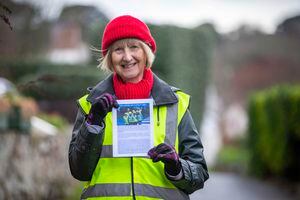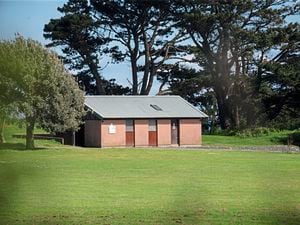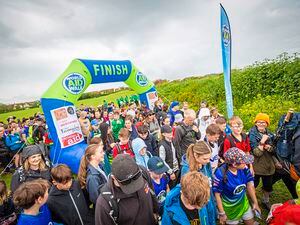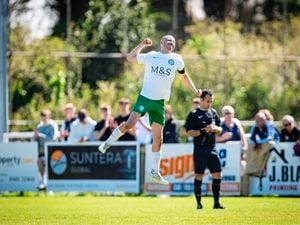‘Make sure you can be seen’
BRIGHT clothing is being encouraged to help pedestrians, dog walkers and cyclists stay safe as the shortest day of the year looms.

Tomorrow is the winter solstice, marking the 24-hour period with the fewest hours of daylight.
Many visibility issues have been reported this winter.
Guernsey Police has introduced a winter campaign for cyclists to ensure they have lights – Be Safe, Be Seen – in conjunction with bike shops.
‘If you don’t fit lights to your bike and ride after dark or in poor visibility, officers will stop you and issue a £40 ticket. You then have seven days to go to CycleWorld, Ian Browns or Adventure Cycles and buy a set of lights,’ a spokesman said.
‘You can bring the receipt to the station and we will cancel the ticket.’
Living Streets is a charity which works to make roads safer for pedestrians, cyclists and dog walkers.
‘During Road Safety Week we gave 753 high visibility vests to members of the public and about another 100 small kids’ vests were donated by Specsavers,’ the group’s secretary, Pat Wisher, said.
‘In spite of this, pedestrians are still wearing black after dark.’
The group has issued a leaflet to get road users to stay bright at night and remind them of the rules for pedestrians in the Highway Code, which state that high visibility materials can be seen up to three times as far away as non-reflective materials.
‘With our narrow roads, blind bends, lack of footpaths and street lighting, it is really important that motorists can see you – and that means you need to brighten up,’ the leaflet says.
‘If you don’t want to wear a high-vis item, use reflective arm bands or wear something bright or light-coloured – never black.’
It was reported to Living Streets that many pedestrians – often dog walkers – were walking without hi-vis gear after dark, on the wrong side of the road on roads without pavements.
‘If walking in areas without a pavement, you must always walk on the right hand side of the road facing the traffic so that you can see what’s coming towards you and move if necessary,’ the leaflet says.
The only exception is if you come to a blind bend. You should then cross over the road carefully and then cross back again after the bend.
The leaflet also reports ‘that while 75% of all driving is done during daylight hours, more than 50% of all fatal accidents happen during the hours of darkness.’
. Sunrise tomorrow is at 8.03am and it sets at 4.13pm. Monday will see four seconds more daylight, although sunrise continues to get later until 3 January when it is at 8.06am
. The Living Streets leaflet is at livingstreets.org.gg/roadsafety.





